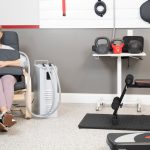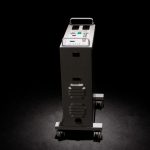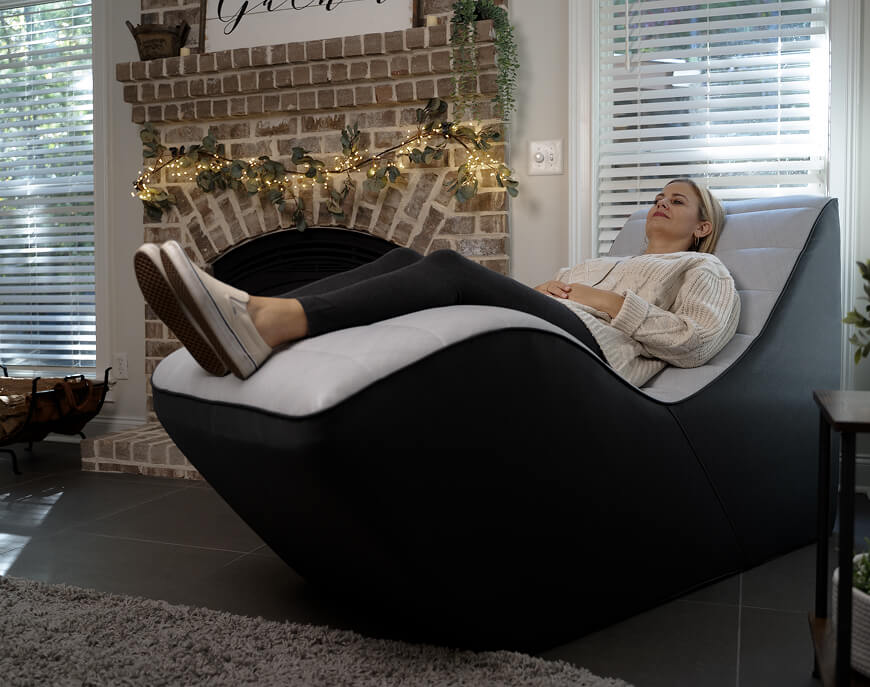Seasonal allergies plague many people at different times of the year. A runny nose, watery eyes, and sneezing are very common as elevated pollen levels and allergens attack the respiratory system.

Still, there are natural ways to provide relief that don’t require allergy shots or allergy medications. Here are a few suggestions for mitigating your seasonal allergy symptoms.
Pay Attention to Pollen Count
The pollen count takes into account which source the pollen is coming from. You can use this information to figure out which types of pollen are allergy triggers. Once you figure out what is triggering your allergic reactions, you can try various methods to reduce any allergy symptoms.
There are three main types of pollen to keep an eye on: trees, grasses, and weeds.
- Tree Pollen is the main culprit in triggering pollen allergy symptoms. Some of the most common types are Birch, Poplar, and Oak. Tree pollen season typically runs from February to May. Some areas of the country see an increase as early as January.
- Grass Pollen comes in many different types, but Timothy, Rye, and Fescue are known to cause problems for many people. Summer months are normally the worst times for grass pollen, but they can start in April.
- Weed Pollen- it is estimated that 15% of people in the United States are allergic to ragweed. Sagebrush and tumbleweed are also known to cause problems. Watch out for these types of pollen as late summer turns into fall.
Downloading a weather app that supplies the pollen count will help you go about your day worry-free. Your local news station may provide updates on the local pollen count. They’ll generally inform you of which pollen type is the highest.
Make note of any correlations between your allergy symptoms and the type of pollen count that is predominant at that time. This can help you anticipate when you may need to treat seasonal allergies more aggressively.
Purify the Air in Your Home
Reducing seasonal allergies requires you to defend your home against tiny allergens. An air purifier and HEPA filter in your air conditioning system can also help you breathe easier. An air purifier purifies the air to reduce exposure to allergens like pollen, dander, dust mites and pet hair.
Change the HEPA filter in your AC system regularly. A general recommendation is to replace it every three months. Someone experiencing increased allergies would benefit from monthly filter changes instead of every three months. However, changing the filter monthly when your worst allergy trigger is at its highest level might be more beneficial.
Avoid Opening Windows
Having the windows open on cooler nights in the spring is common for many people. However, if you are prone to seasonal allergies, this might not be a good option for you. Wait to open the windows to your home until the pollen or allergens that cause trouble have subsided.

Keep your Space Clean
To minimize the number of allergens that accumulate in your home, vacuum and dust frequently. You’ll want to ensure your vacuum contains a HEPA filter.
Many people have found that investing in a robot vacuum is a complete game changer! Even if you vacuum your home regularly, you will likely be surprised at what the robot vacuum can pick up. This device can pick up more dirt, pet hair, and allergens because it moves slowly.
Keeping your home free of dust can also help to minimize allergy symptoms. It is very important to use a damp cloth to remove the dust. This will help to prevent allergens from stirring up and circulating in the air.
Use Local Honey
Local honey helps those with allergies by building immunity against the pollen in your area. You might become less sensitive over time by ingesting the small amounts of local pollen found in the honey.

According to one study, ingesting a decent quantity of honey seemed to benefit participants. It helped to provide a reduction in allergic rhinitis symptoms. Participants in the study consumed 1 gram of honey per 1 kilogram of body weight.
Hot tea can help soothe a sore throat from allergies and open the airways that might be congested. Throat Coat tea or Breathe Easy tea from Traditional Medicinals are two favorites of people with seasonal allergies.
Eat a balanced diet & Exercise Regularly
A robust immune system will aid in the fight against seasonal allergies. A balanced diet full of healthy protein, whole grains, fruits, and plenty of veggies will help boost your immune system. Adjust this based on your individual dietary needs and lifestyle choices.
Staying active can help boost your immune system as your cardiovascular system builds strength after each workout.
Add Focused Pulse Positions
Focused Pulsing around the chest can also support your body’s natural ability to heal and regulate itself. Begin your Pulse session on a Whole Body Accessory before moving into focused pulsing with the Cube or Paddles.
Recline or lie down on a flat comfortable surface, and position the Cube face-down on your chest. Adjust the Strength to achieve a Comfortably Medium to Comfortably Strong intensity. You should feel either increasing muscle contractions or a deep, saturating Pulse.

Make small movements and adjustments until you find the region of the chest that reacts the most strongly to the Pulse. Continue Pulsing around any hotspots you find for ten to fifteen minutes.
Next, separate the Paddles and position the first behind your back, with the smooth colored side facing your body. Position the other Paddle on your chest with the black perforated side facing your body. This will focus the pulse in the back of your chest.
Pulse in this position at Comfortably Medium to Comfortably Strong intensity for ten to fifteen minutes. Then, reverse the direction of each Paddle such that the field is felt more strongly in the front of your chest.
The Pulse team is here to support your PEMF needs. If you have questions, our Pulse Success Specialists are available Monday through Friday 8 a.m. to 5 p.m. ET. To request support, please call (770)334-2226 or email info@pulsepemf.com.












